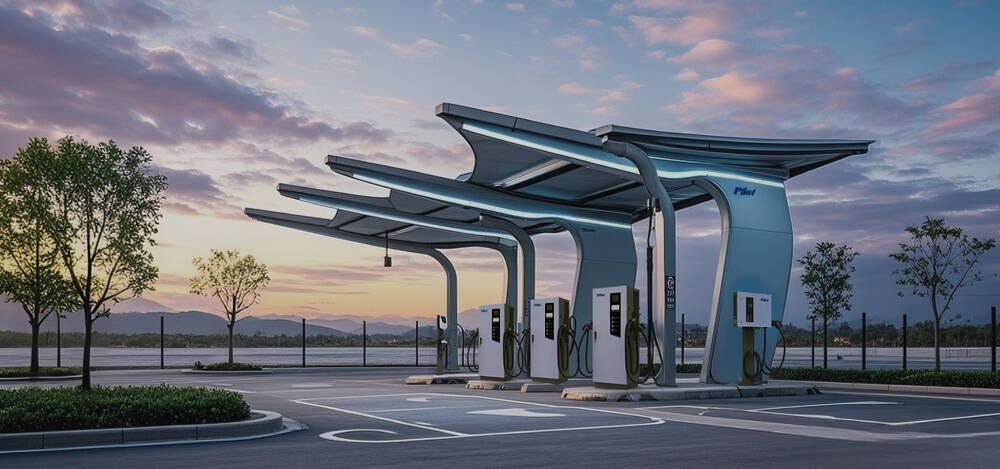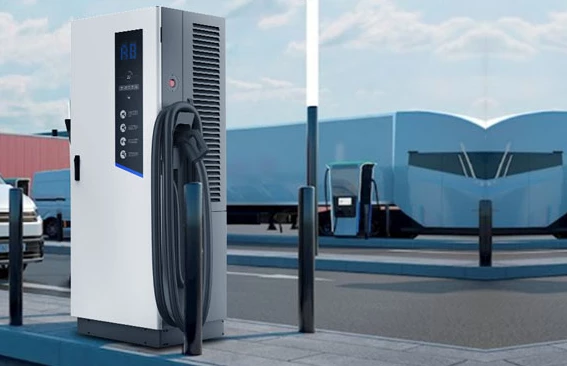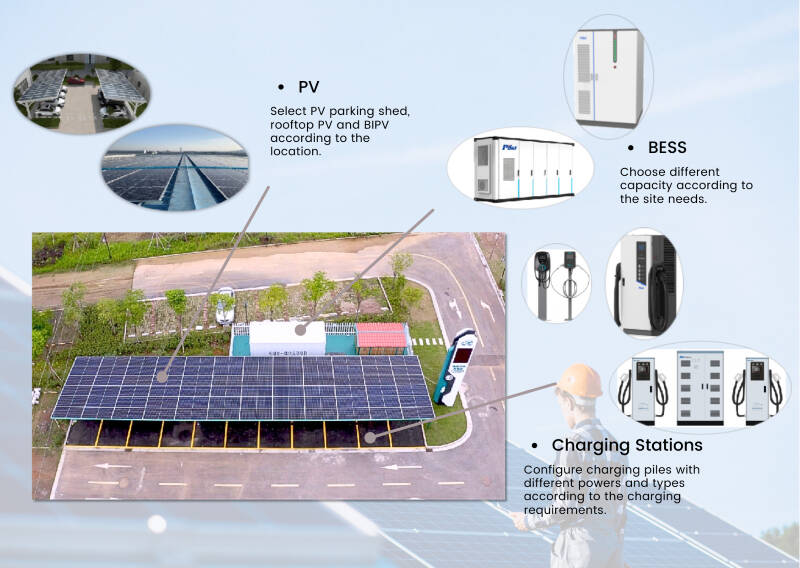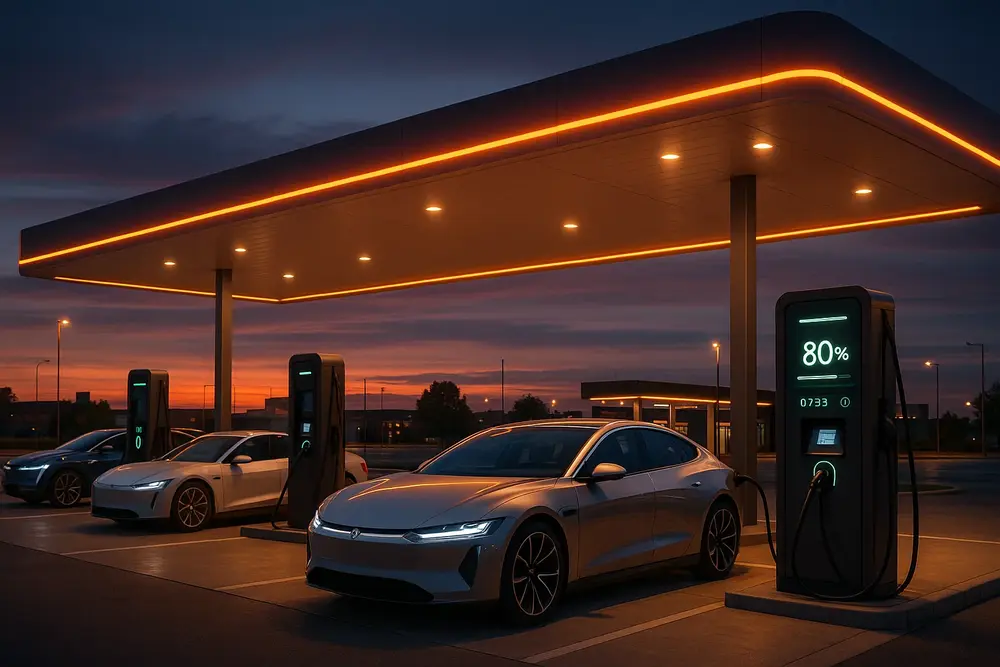
Products
Fast, Reliable, Everywhere

Solutions
Efficient, Innovative EV Charging Solutions.
News
We are committed to the innovation and application of EV charging.
As electric vehicle (EV) adoption accelerates globally, the demand for high-speed EV charging infrastructure—especially DC fast chargers—is growing at an unprecedented pace. Unlike slower AC options, DC charging (also known as Level 3 or rapid charging) allows EVs to be recharged in minutes, making it a game-changing solution for businesses ready to embrace the EV revolution.
If you’re planning to tap into this booming market, here are eight proven strategies to ensure your DC charging station investment delivers maximum value.
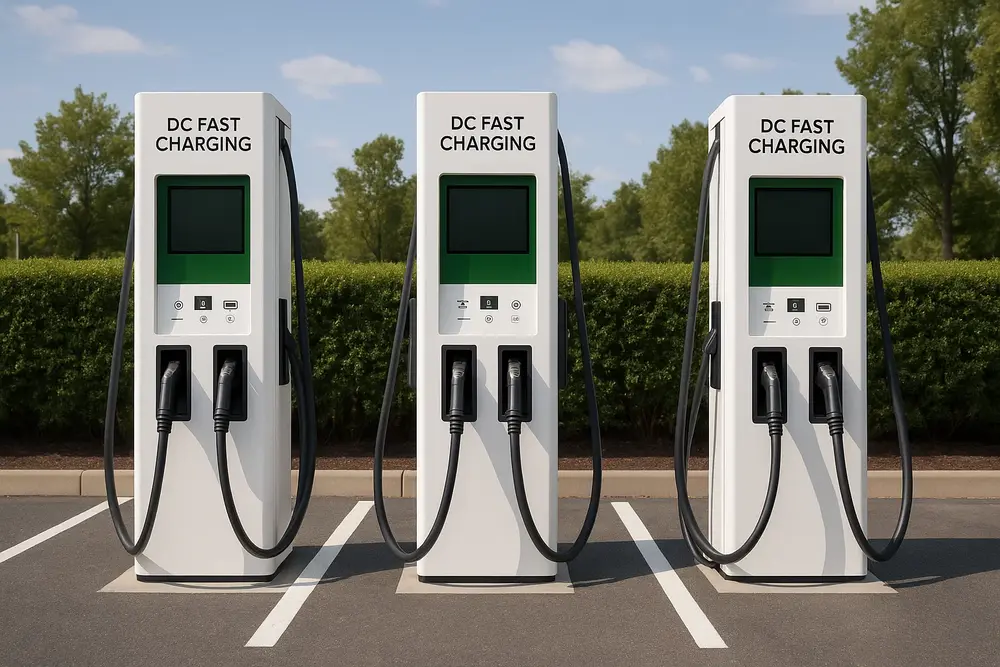
Understanding your customer base is the foundation of any successful EV charging investment. Before selecting hardware or mapping out a business model, ask:
Who visits your site?
What’s the average dwell time?
Are they commuters, travelers, or locals?
Short stops (e.g., highway rest areas) demand high-output DC chargers (150kW+), while destinations like shopping malls or restaurants may benefit more from moderate-speed DC chargers (50kW–90kW) paired with longer dwell times.
Knowing your target user allows you to choose charging solutions that fit their behavior and ensures satisfaction, retention, and profitability.
DC charging infrastructure isn’t just about convenience—it’s also a powerful revenue driver. You can monetize fast charging through:
Charging fees: Set flexible tariffs based on time, kWh consumed, or dynamic pricing.
Commercial partnerships: Collaborate with nearby businesses or fleet operators.
Increased dwell spending: Use charging time to encourage customer engagement with your core offerings—like dining or shopping.
Read more in our guide to EV charging revenue models (optional internal link).
Not all sites are created equal. When planning a DC charging station, consider:
Electrical grid access and capacity
Space for hardware and vehicle flow
Scalability for future expansion
Involvement of utility companies, city permits, or property owners
Each location may require a tailored solution—so approach site planning with precision and foresight.
DC fast charging systems come in two main architectures:
All-in-one (standalone): Compact, simplified units ideal for locations with limited space.
Split systems: Separate power and user interface units that enable ultra-high outputs and more efficient heat management.
For long-term growth, prioritize modular chargers that let you scale up output or add more units without major infrastructure changes.
Intelligent charging is essential for efficient energy management and cost savings. Look for features such as:
Dynamic Load Balancing: Distribute energy between chargers and site operations.
Cluster Load Management: Coordinate multiple charging stations for optimized throughput.
Simultaneous Charging: Let two EVs share one charging unit to maximize availability.
These capabilities not only reduce energy costs but also future-proof your investment.
Your hardware is only half the story—advanced Charging Management Software (CMS) is vital for:
Real-time station monitoring
Remote diagnostics and firmware updates
Dynamic pricing and revenue tracking
Energy optimization
Platforms like EVBox Everon offer user-friendly dashboards to streamline operations, billing, and customer support.
DC chargers are complex systems exposed to both weather and high usage. Preventative maintenance ensures:
Maximum uptime and customer satisfaction
Early detection of technical issues
Longer equipment lifespan
Partner with manufacturers or trusted service providers that offer maintenance packages tailored to your system.
DC fast charging infrastructure has a high upfront cost—but you have multiple ways to invest:
Direct ownership: Full control and revenue, but requires capital investment.
Leasing: Pay monthly for hardware and services without the upfront burden.
Charging as a Service (CaaS): A subscription model for turnkey solutions.
Joint ventures: Share costs and returns with business partners or municipalities.
Each option suits different risk levels, timelines, and business goals.
Investing in DC fast charging stations positions your business at the forefront of the clean mobility movement. Whether you’re aiming to boost foot traffic, monetize your parking spaces, or prepare for an electric fleet transition, a well-executed charging strategy is key.
By focusing on customer needs, scalable infrastructure, and smart technology, you can turn a complex project into a sustainable growth engine. Don’t wait—now is the time to electrify your business for a zero-emissions future.
